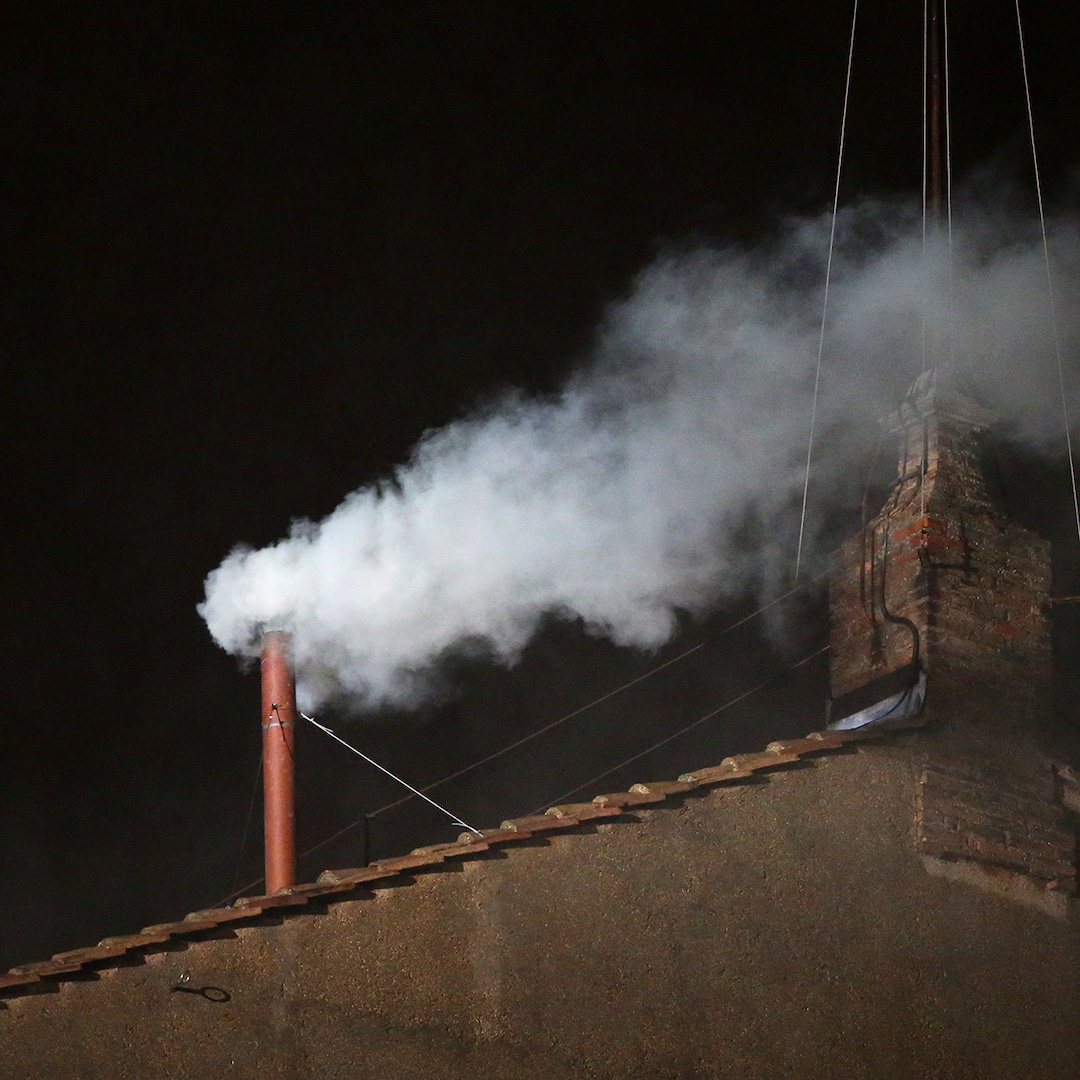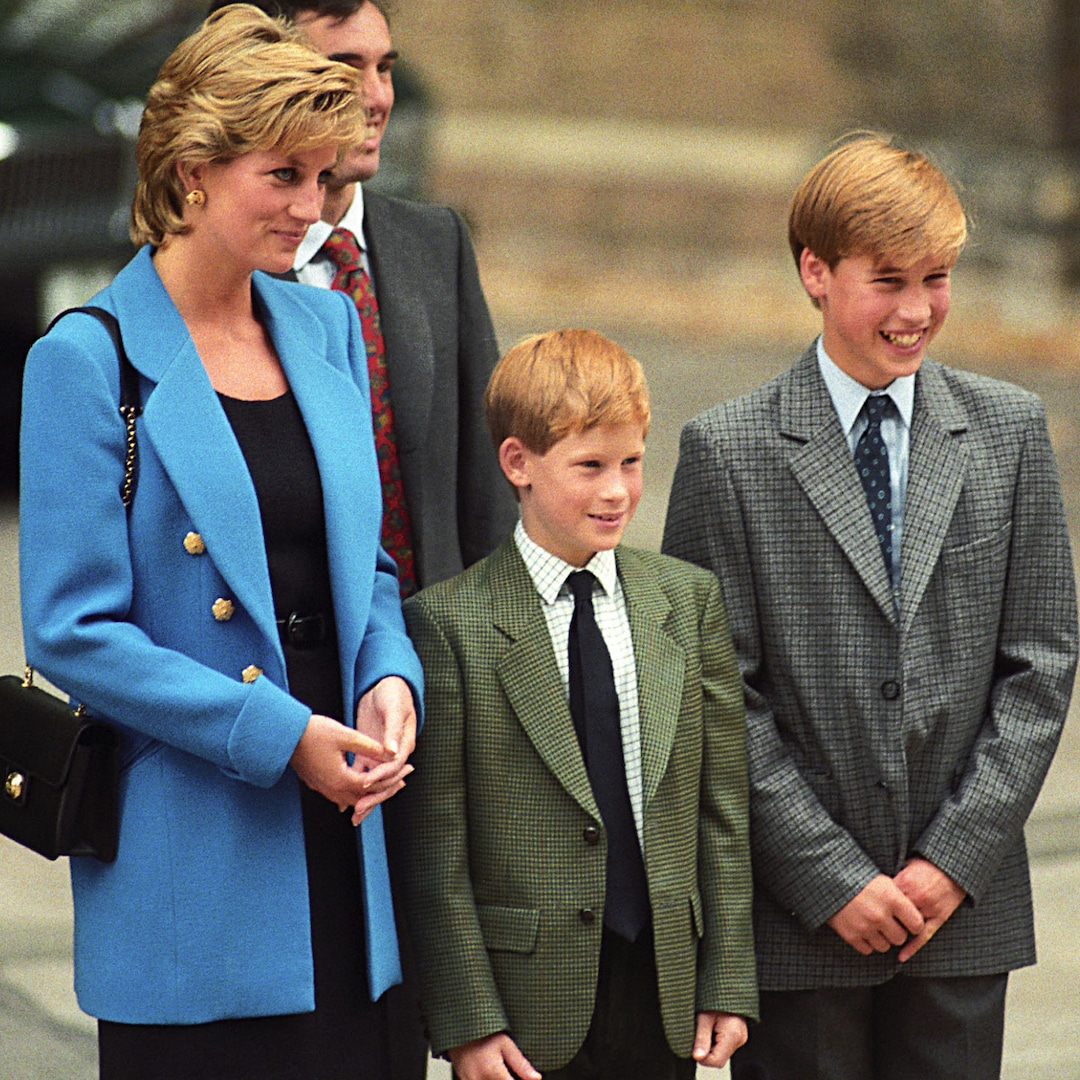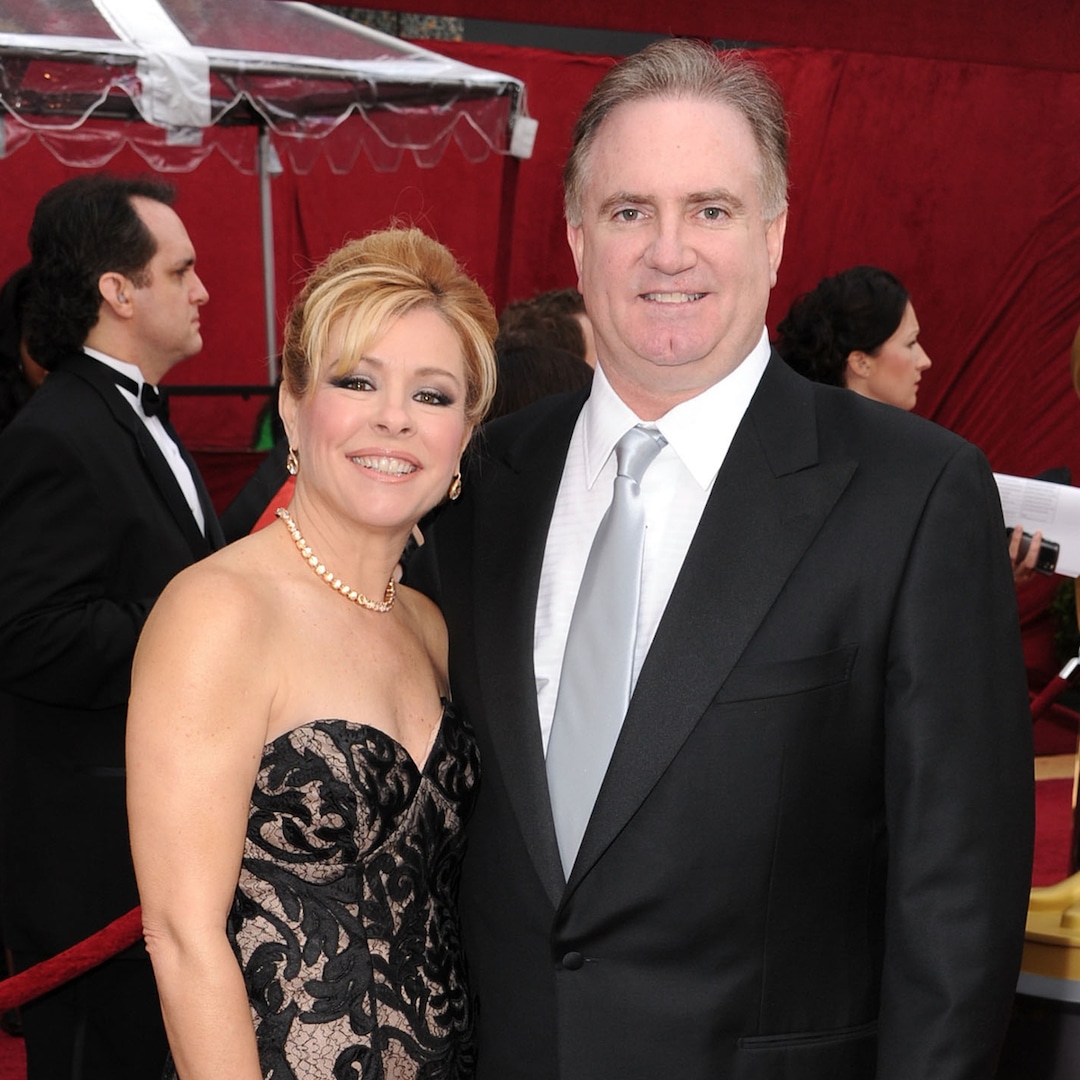Pope Francis Dead: Conclave Election Process Explained
What is the role of the black and white smoke in choosing a new pope?
The “fumata bianca,” or white smoke signifies the successful election of a new pope. Each time a vote is taken, smoke rises from the Sistine Chapel’s chimney. If the vote is inconclusive and the verdict on a new pope has not been reached, the smoke is black. If a pope has been chosen, it is white—and signifies that the new pope will soon present themselves to Vatican City.
How long does the election of a pope take?
A conclave will last until a singular candidate receives at least two-thirds of the vote from the pool of eligible cardinals, with a typical four ballots being cast each day. Pope Francis’ election lasted about 28 hours, or two days, before he was announced as Benedict XVI’s successor. The longest conclave ever was held in 1268, which lasted 34 months.
When was the last time a new pope was elected?
The election of a new pope typically only occurs after the death of a previous pope. However, Pope Francis had been elected in extraordinary circumstances. In 2013, Pope Benedict XVI had resigned from the position—the first to step down from the papacy since Gregory XII in 1415, and the first to do so voluntarily since Celestine V in 1294.
At the time, Benedict—who died in 2022 at the age of 95—said in a statement regarding his resignation issued by the Vatican, “Both strength of mind and body are necessary, strength which in the last few months, has deteriorated in me to the extent that I have had to recognize my incapacity to adequately fulfill the ministry entrusted to me.”




